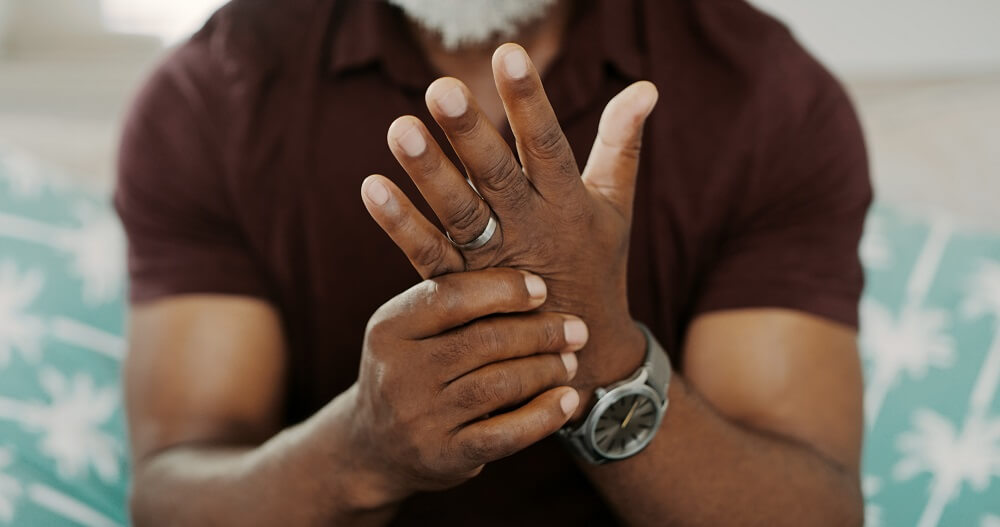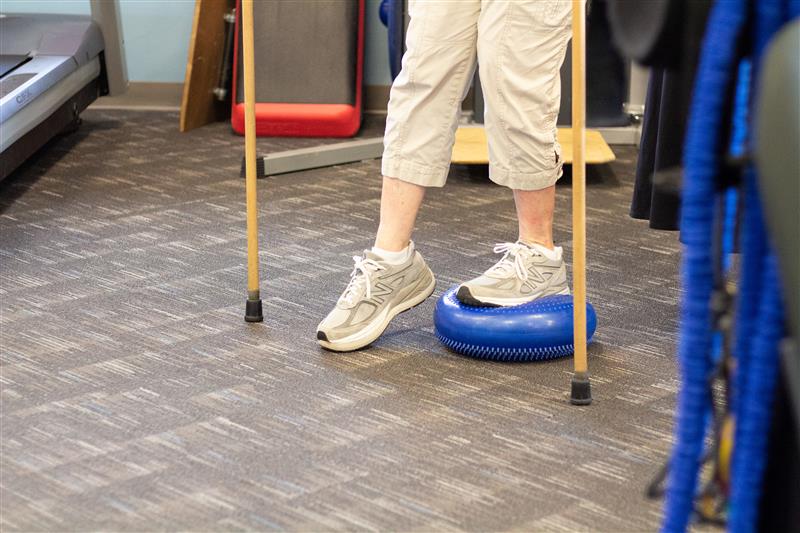As a Certified Hand Therapist, I often hear, “I have been told I have arthritis, and there is really nothing that can be done about that. ”Unfortunately, this belief is not uncommon, but fortunately, it is far from being factual. Managing hand arthritis with physical therapy is possible. Physical therapy can’t claim to “cure” arthritis. It can play an important role in reducing pain, maximizing function, preventing deformity, and delaying surgery.
What is Arthritis?
Arthritis affects millions of people and comes in a variety of different forms. The two most common forms are osteoarthritis and rheumatoid arthritis. Osteoarthritis is known as the “wear and tear” on the joints. Rheumatoid arthritis is an autoimmune disorder that causes the body to attack its joints, leading to several characteristic joint deformities.
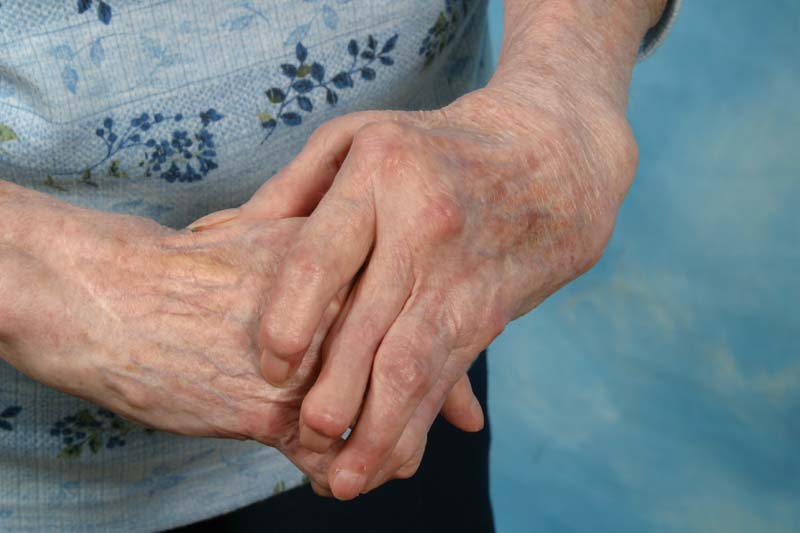
Managing Arthritis
Typical management of arthritis involves the use of medication to control inflammation and pain. In the case of rheumatoid arthritis, you will likely be under the care of a Rheumatologist who will dispense medication aimed at preventing and alleviating symptoms.
Surgery can also play a role in managing arthritis once the pain becomes intolerable or the level of deformity causes such a decrease in function that it affects your ability to do your everyday activities.
Before surgery and in addition to pharmacological management, one should also consider the role of hand therapy.
What Can Hand Therapy do for me?
The general goals of hand therapy are to decrease pain, improve function, and prevent deformity.
How can Hand Therapy Decrease Pain?
Arthritis leads to inflammation of the joints, and inflammation leads to pain. As hand therapists, we have the ability to custom fabricate splints or orthotics that immobilize the painful joint but allow you to continue to function as much as possible. We realize there needs to be a compromise between resting the tissues and allowing the hand to function. Certainly, nobody would want a splint or orthotic that immobilizes the hand and reduces pain but doesn’t allow the hand to have any function.
Part of managing arthritis is having the specialized training to recognize the balance between activity and rest, which is crucial to living with arthritis instead of being overwhelmed by it. Pictured is an example of an orthotic we custom fabricate for thumb arthritis. This allows the movement of the wrist, fingers, and most of the thumb while immobilizing the area that needs stability and protection to prevent pain.
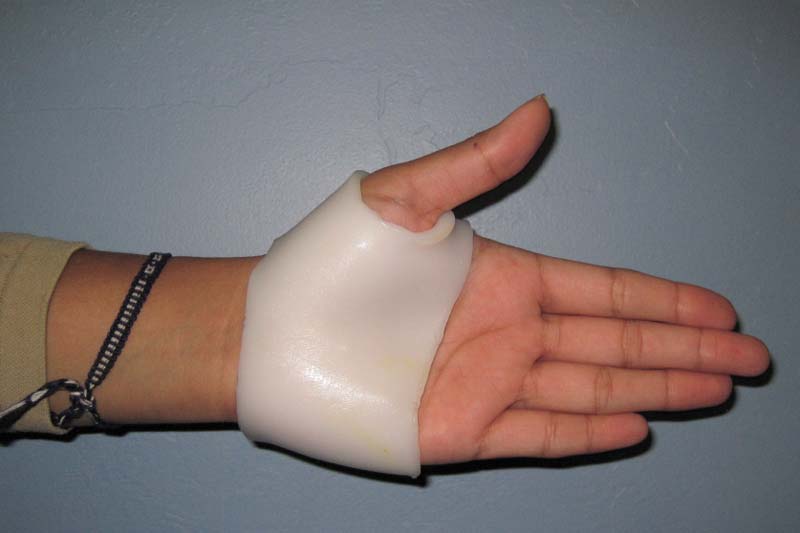
For most splints or orthotics, we prefer to custom fabricate. The reason is that every hand has different shapes, sizes, etc. A brace that comes in S, M, and L does not always fit the way it needs to stabilize properly. It should also be noted that most insurance companies have orthotic or splint fabrication as part of your medical benefit with an MD prescription.
How Can Hand Therapy Improve Function?
Managing arthritis is a delicate balance between rest and activity. A patient once said, “I was diagnosed with arthritis, and the doctor told me to stop exercising completely.” We tend to disagree with this comment, as movement is critical to preventing stiffness and loss of function and motion. However, exercise must be implemented by a trained professional familiar with the hands, the delicate nature of the joints, and the stresses that act upon them.
For example, one common hand-strengthening approach is squeezing a ball. The upside of this is that you will gain strength; the downside is that you will also grind down the joints from repetitive and excessive squeezing activities. Simply stated, if strength is a goal, and it usually is, there are much better ways to accomplish this without stressing the joints needlessly. Also, there are effective exercises, such as radial finger-walking, which are important for patients with rheumatoid arthritis to prevent “drifting” of the fingers sideways.
Stretching exercises must also be cautiously implemented as painful over-pressuring of joints is counterproductive to our first goal of managing pain and inflammation. The joints should be moved through a sequence of pain-free movements intended to maximize joint motion and preserve function. The old slogan of “no pain, no gain” definitely does not apply here.
Therapy also teaches ways to conserve energy or “life ergonomics.” The purpose is that we want to spend our energy doing things we want to do as opposed to using up all of our energy doing things we have to do. Luckily, many innovations have assisted with the ergonomics of things we do every day. There are ergonomic keyboards, mice, gardening tools, and cookware, to name a few.
How can Hand Therapy Prevent Deformity?
Customized splinting can play a major role in slowing the progression of deformity seen with rheumatoid arthritis. We recommend seeing a hand therapist as early as possible after you are diagnosed to begin wearing splints or orthotic devices. This will prevent the deforming forces associated with rheumatoid arthritis in the hands. Here is an example of a typical orthosis we make for night use to prevent the fingers from drifting sideways.
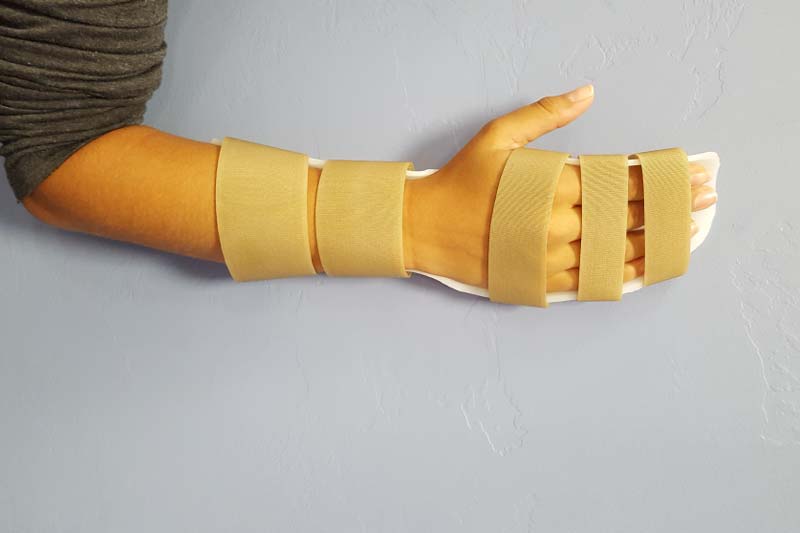
Several ring-type splints are available for order but should be custom measured by a certified hand therapist. These splints are often used to prevent hyperextension deformity but still allow the finger to bend for function.
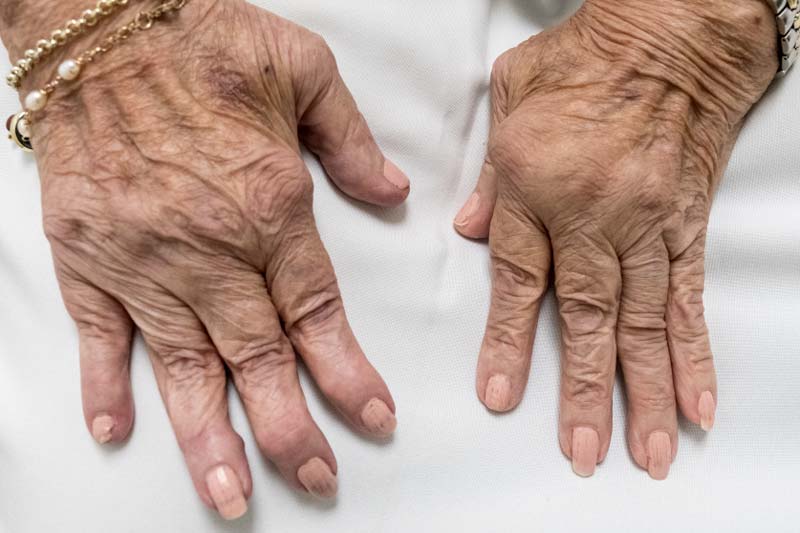
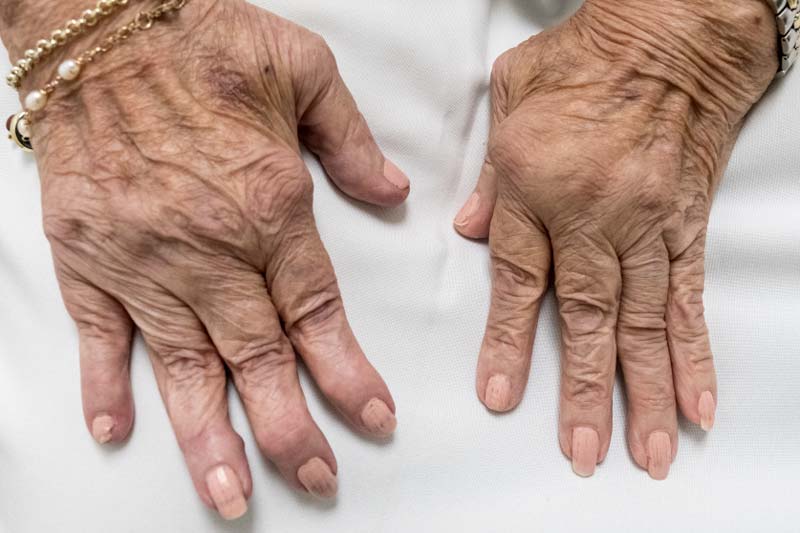
Being Diagnosed with Arthritis is Not an End
Because arthritis is so common, we can sometimes develop complacency. Some people may consider it the price of getting older and that nothing can be done about it. Maybe it is one of those things in life that happen and that we have no control over.
Or, we can choose to take control and do something about arthritis. Arthritis, in itself, is not a sign that your function will soon decrease. The choices we make to either seek assistance or not will greatly affect how long we can stay active.
Hand therapists have unique training in managing the shoulder, elbow, and hand conditions. We understand the delicate nature of the small joints of the hand and fingers. Visit our website to learn more about ProActive and to set up a hand therapy appointment today.
Schedule a free assessment at our North Central hand clinic.

